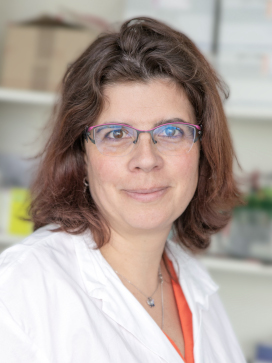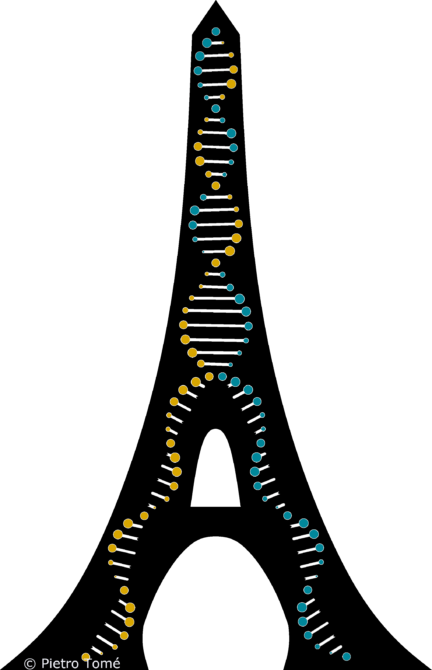
Stéphanie Tomé is a researcher in the Gourdon group within the Repeat Expansions & Myotonic Dystrophy (REDs) team at the Institute’s Center of Research in Myology. She organised the 2nd Long-Read Sequencing of Expanded Tandem repeats workshop, which was held in Paris from 30 September to 2 October 2024. During this workshop, European and North American specialists from different backgrounds shared their knowledge and expertise, taking stock of the latest advances in research into repetitive diseases. Interview with Stéphanie Tomé
Why did you organise this workshop?
I am working on DM1, a neuromuscular disease caused by an expansion of CTG triplets that is unstable during the patient’s lifetime and also between successive generations, the severity of which is directly linked to the size of the CTG expansions. Until recently, repeated regions located in the human genome were difficult to sequence. In recent years, the emergence of Long-Read Sequencing (LRS) has enabled the discovery of new diseases associated with expansions of short DNA repeats and improved characterisation of the structure and length of these repeats, two aspects that are essential for a better understanding of the phenotypic variability observed in patients suffering from these diseases and for improving clinical diagnosis and prognosis.
To advance research in this field, in 2022, with my colleague Prof. V. Dion, we decided to organise the first workshop on this subject in London, gathering around thirty experts working on repetitive diseases. I then took over and organised the second workshop in Paris, bringing together around 90 participants from the academic world, private research institutes and voluntary organisations.
Can you tell us what topics were discussed at the workshop and what conclusions were drawn?
On the clinical side, we reviewed more than ten diseases, including myotonic dystrophies, spinocerebellar ataxia 10, Huntington’s disease, CANVAS and OPDM.
On the technical side, we assessed the strengths and limitations of two sequencing technologies compared with reference methods and optical mapping. Our results, together with in-depth discussions and shared experiences, led to the clear and collective conclusion that LRS offers significant potential for improving both the diagnosis and prognosis of these diseases, thereby pushing back the boundaries of personalised medicine.
On the data side, we explored a range of bioinformatics tools to determine which are the most effective and easiest to use for detecting DNA repeats, structural variants and methylation. A number of important issues were raised during the discussions, such as the need for databases specific to SRLs and updated guidelines for good practice in diagnosing these diseases.
What are the prospects for the future?
We have set up a new working group to improve the diagnosis and prognosis of disorders linked to the expansion of repeats and to move towards personalised medicine, taking advantage of the rapid progress being made in LRS. A follow-up meeting is planned for 2026 to assess the progress of each participating group.
For my part, I have set up a collaboration with a Spanish and British teams to better understand the instability of CTG triplets in DM1. With the working group that has been formed, we plan to write a review on LRS and its applications. Finally, we aim to apply for an international ERC grant on this topic.
See you in 2026 for the 3rd edition of this workshop!

